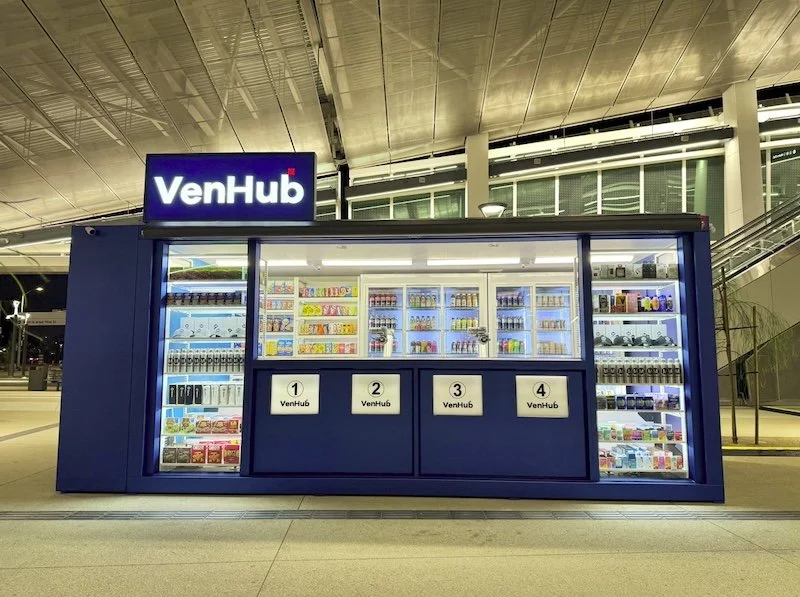The two technologies that help maximise data and avoid disaster during 'big sale' seasons
By Ilya Aristov, Engagement Manager, DataArt
On the eve of a big shopping event that promises a vast amount of footfall, as well as online traffic, a retailer’s biggest nightmare is being ill-equipped to handle the situation. Staff must be ready and at their posts, the inventory must be up-to-date and all products must be on the shelves or online platform.
And during high-season periods, retailers expect waves of customers coming through their doors on the hour, every hour, from open to close. There is no such thing as a slow period, and it is essential to be optimally prepared to maximise potential profit, while at the same time delivering a great customer experience. Long queues for the dressing rooms or the cash registers are a no-no and the inventory system must be rock solid.
At any time in the shopping calendar, all retailers want to know that sizes M or S of that great ‘pullover of the season’ exist somewhere in the store. It is crucial that all information on items is correct. No retailer wants an employee’s time to be wasted on an avoidable, prosaic task thrown up by faulty information and they all want to keep the customer happy by providing a seamless in-store or online experience.
The problem is that retailers, especially those in Europe, are often over-cautious and struggle to onboard new technology. According to Accenture, while many have data lakes of unstructured data, no more than 50% of retailers have centralised data warehouses.
However, the opportunities that a “connected world’ provides must be embraced or they risk fading into oblivion. By combining the rich vein of customer data that can be gleaned and processed from social networks and other external resources with internal data, retailers can revolutionise the way they leverage data to power business.
"AI is attracting considerable attention. Optimising the data available to the average retailer, its benefits are infinite. It goes from knowing the customer, their shopping history and preferences, to suggesting products based on those preferences from social networks or online shopping history"
Which technologies can help retailers make a success of high shopping seasons, avoid chaos at peak times, and maximise data throughout the year? We recommend artificial intelligence (AI) and radio-frequency identification (RFID). While there are many more areas of digital transformation that deserve consideration, at a minimum these two can be game changers.
RFID
RFID is a technology where digital data is encoded in tags or smart labels. The tags transmit data to the RFID reader, which converts radio waves into structured data. This technology plays an integral role in digital retail transformation. Most retailers worldwide have piloted or have already adopted this technology in stores and report a positive ROI (based on a recent report from Accenture).
What RFID provides is the crucial data that presents retailers with a 360-degree view of its product inventory. Based on captured data from the tags, the technology enables retailers to be certain as to which merchandise is located where, simplifying the checkout process.
Of course, any technology roll-out will require investment. However, retailers can reduce costs by tagging at the factory end, or by introducing new processes to perform routine tasks that lower labour costs following the technology roll-out.
The quantity of data generated promotes a shift in the business model to be more data-driven. Retailers are enabled to truly know their clients and can begin to propose products each customer wants and will most likely buy. The more accurate data, the more complex use cases can be developed, and the better you will serve your client. A win-win for retailers and consumers.
Artificial intelligence
AI is attracting considerable attention. Optimising the data available to the average retailer, its benefits are infinite. It goes from knowing the customer, their shopping history and preferences, to suggesting products based on those preferences from social networks or online shopping history.
Investing in AI-powered robot assistants that work alongside employees is a great option for retailers. The assistants are connected to the retailer’s data warehouse and using AI can boost visibility in the market, while helping customers within the store.
Based on the data it has access to, a robot assistant can promote products based on clients’ known preferences and in-store availability. It’s even possible for a robot to build a 3D model of a customer’s body to determine fit.
Our advice to retailers, don't get lost in the data mess. Let technology help.










Continue reading…